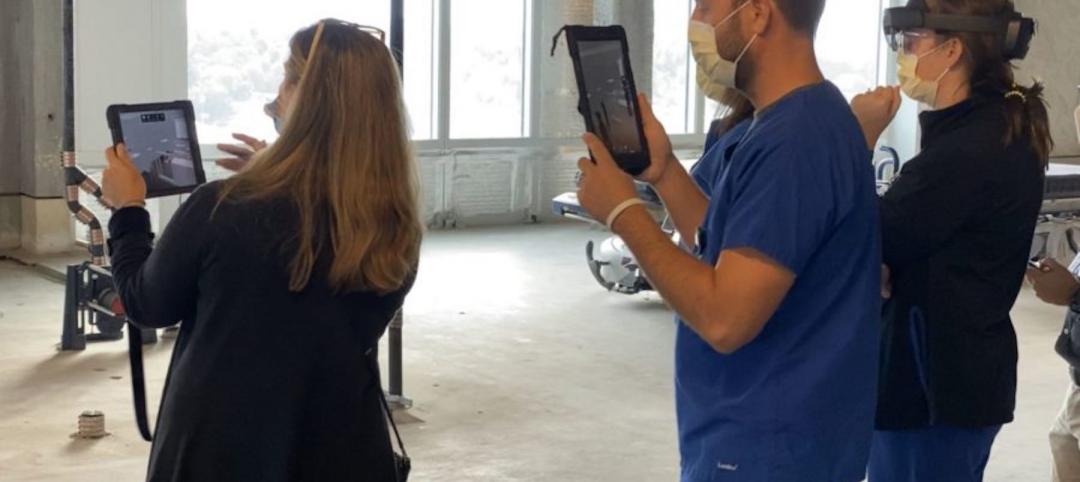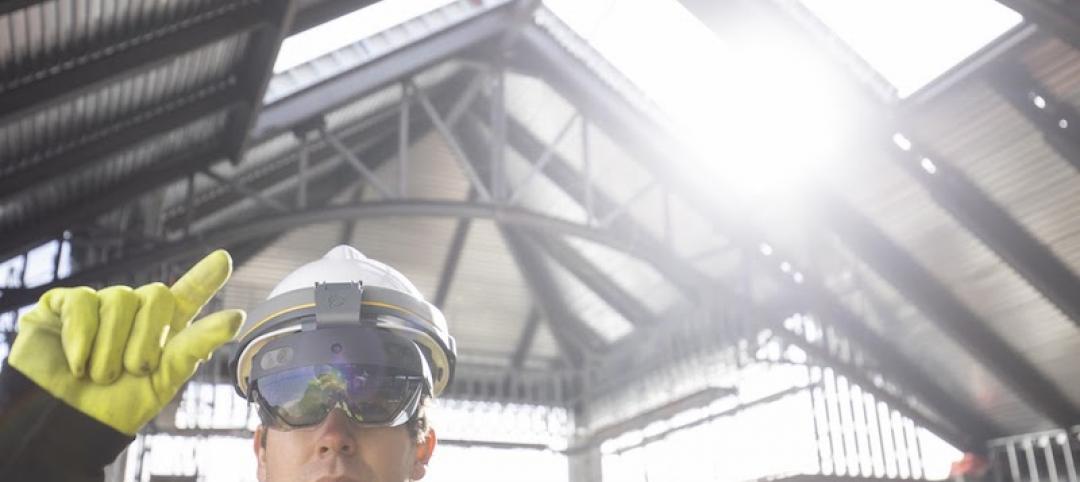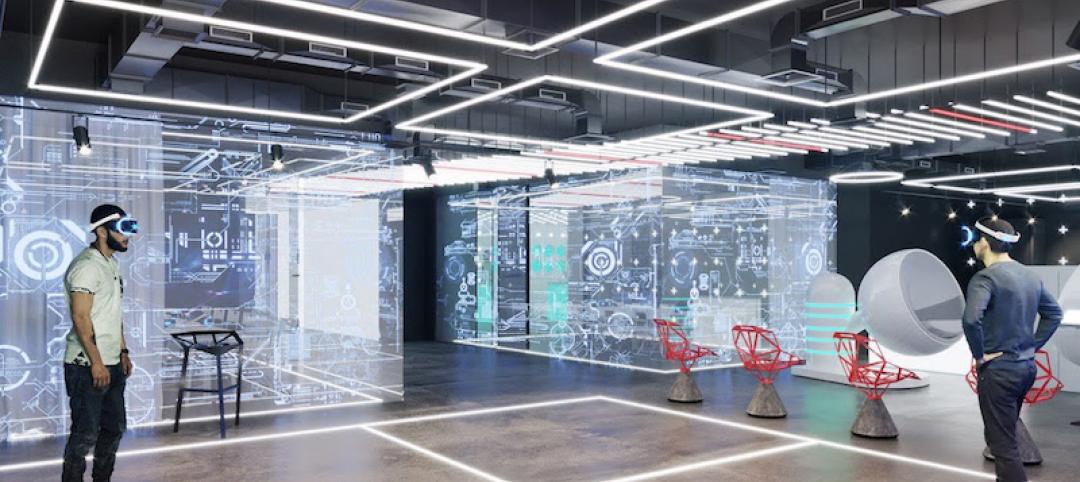Regardless of the sport, luxury box seats and seats in close proximity to the field of play always command the highest ticket prices. But when it comes to the increasingly popular field of competitive gaming, or eSports, the model for a premium seat needs to be rethought. The action is happening in a digital world on screens, so fans don’t care about their proximity to the main stage.
Luxury boxes don’t have the same appeal either. “In many of the events now, they don’t even utilize the suites because there isn’t enough demand,” says Brian Mirakian, Senior Principal with Populous and Director of the firm’s fan experience design practice, Populous Activate. “They’ll actually use the suites for the teams and families that are flying in from all over the world.”
ALSO READ: Gamers paradise: The rise of eSports Arenas
The key to this new type of premium seat for the eSports world is immersion. In order to get fans to pay up, the experience needs to immerse the user into the actual competition.
Populous is exploring biometric seating technology that utilizes a combination of displays and AR/VR technologies to place fans in the action. The seats are equipped with speakers that provide a direct link into a given team’s insider communications during a match. An environmental haptic system registers the competitors’ heart rate during competitive play, and a data analysis console feeds important stats in real-time. The seats feature other neat gadgets, like a biometrics analyzer and temperature-controlled seating panels.
The goal of these high-tech seating pods is to offer an experience that cannot be attained anywhere else. They blur the line between the real world and the gaming world, and make fans feel as though they are not just entering an eSports arena, but an entirely new digital world, one where they are shoulder to shoulder with the world’s best gamers.
Related Stories
Virtual Reality | Feb 27, 2023
Surfing the Metaversity: The future of online learning?
SmithGroup's tour of the Metaversity gives us insight on bringing together physical and virtual campuses to create a cohesive institution.
Arenas | Feb 23, 2023
Using data to design the sports venue of the future
Former video game developer Abe Stein and HOK's Bill Johnson discuss how to use data to design stadiums and arenas that keep fans engaged and eager to return.
Augmented Reality | Jan 27, 2023
Enhancing our M.O.O.D. through augmented reality therapy rooms
Perkins Eastman’s M.O.O.D. Space aims to make mental healthcare more accessible—and mental health more achievable.
Virtual Reality | Dec 12, 2022
Supplementing workplace connections through digital knowledge networks
Zachary Wassenberg of Burns & McDonnell breaks down three applications for digital knowledge networks: training, libraries, and instructions.
Augmented Reality | Jun 22, 2022
Not just for POKÉMON GO anymore: how augmented reality is transforming architecture
By solving a long-standing communication problem, Augmented Reality (AR) is poised to make architecture quicker, nimbler, and more cost effective.
AEC Tech Innovation | Oct 7, 2021
How tech informs design: A conversation with Mancini's Christian Giordano
Mancini's growth strategy includes developing tech tools that help clients appreciate its work.
Augmented Reality | Mar 7, 2019
Trimble unveils new mixed-reality device with Microsoft HoloLens 2 technology
The wearable device is hard hat compatible.
BIM and Information Technology | Jan 10, 2019
'BIM to AR' comes to the masses
Could new technology that simplifies the transfer of BIM models to augmented reality push AEC firms to go all in on extended reality?
Building Technology | Dec 18, 2018
Data and analytics are becoming essential for EC firms competing to rebuild America’s infrastructure
A new paper from Deloitte Consulting advises companies to revise their strategies with an eye toward leveraging advanced technologies.
Augmented Reality | Nov 9, 2018
Is this the future of amusement parks?
The concept will be presented in Orlando at the IAAPA Attractions Expo.

















